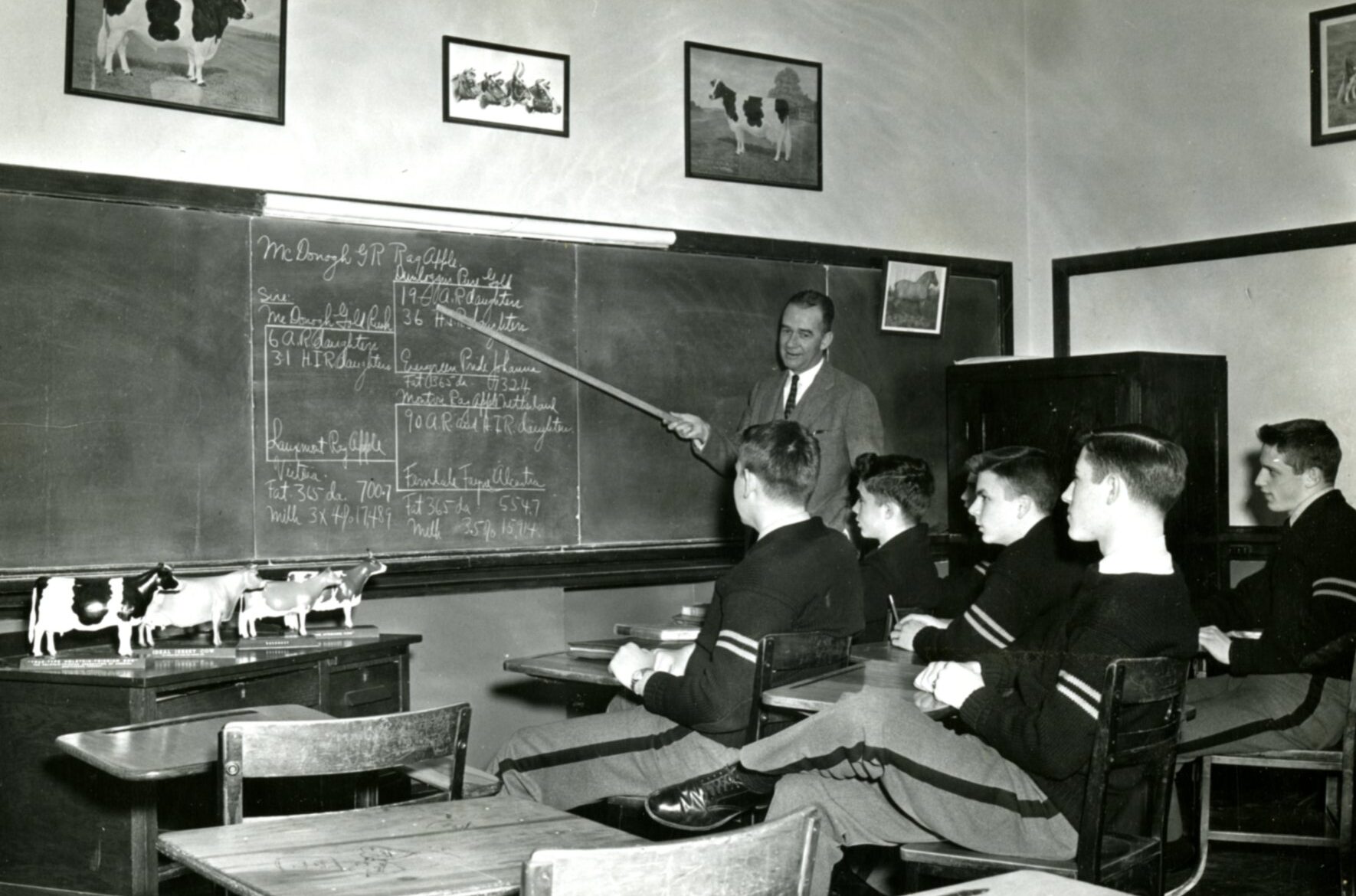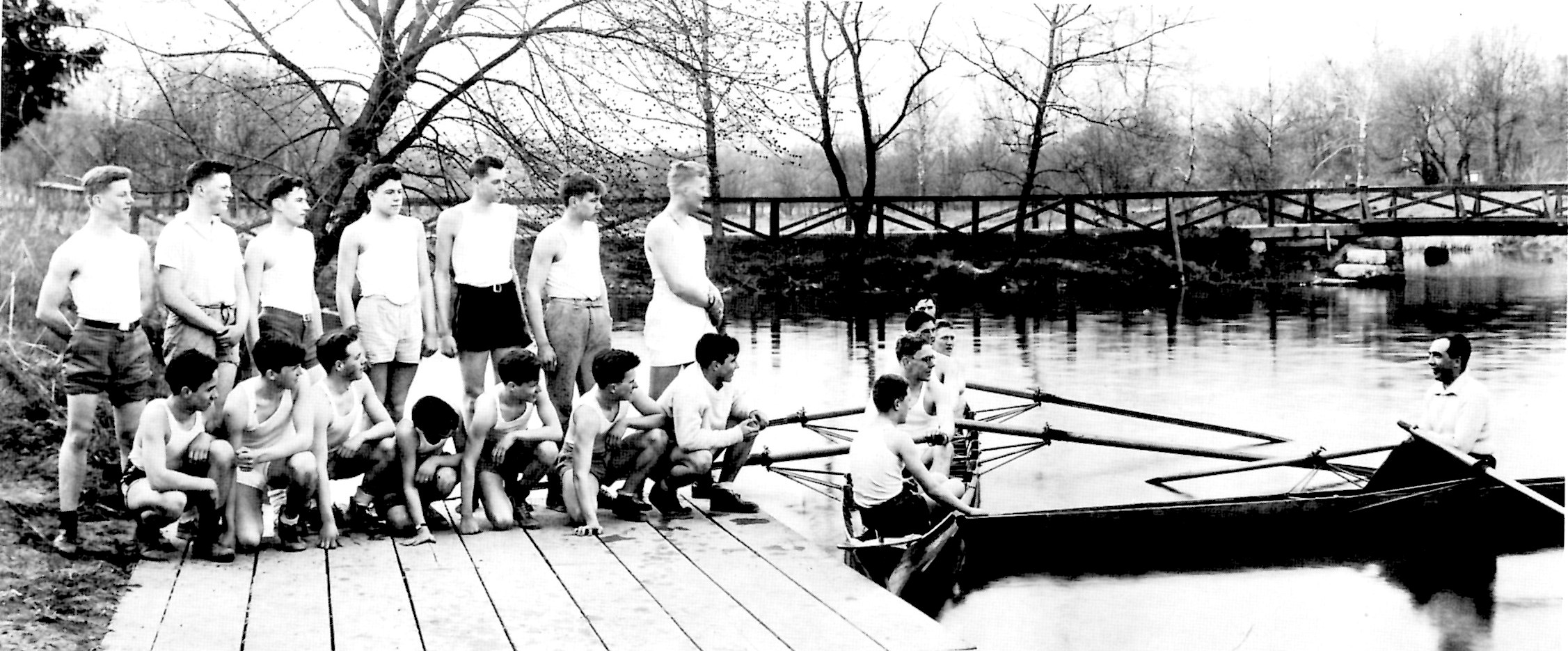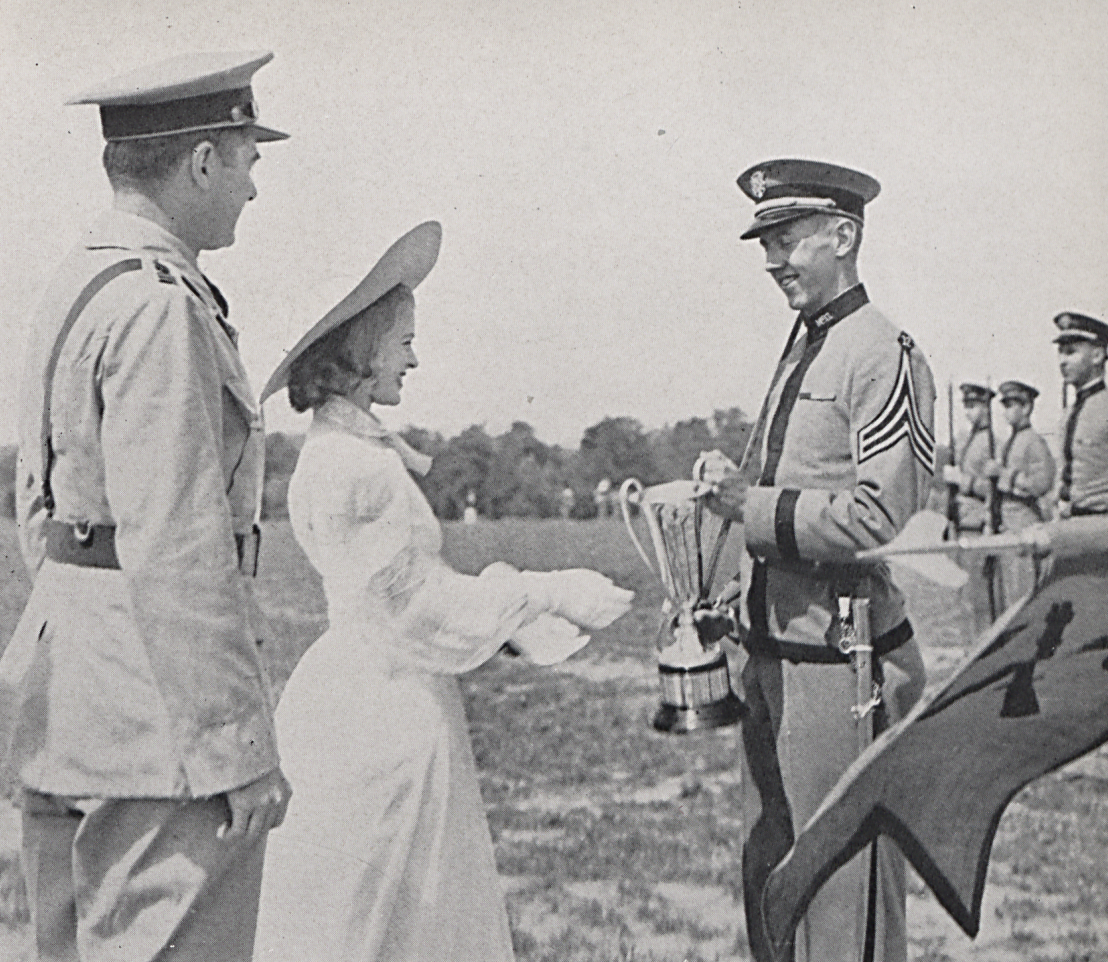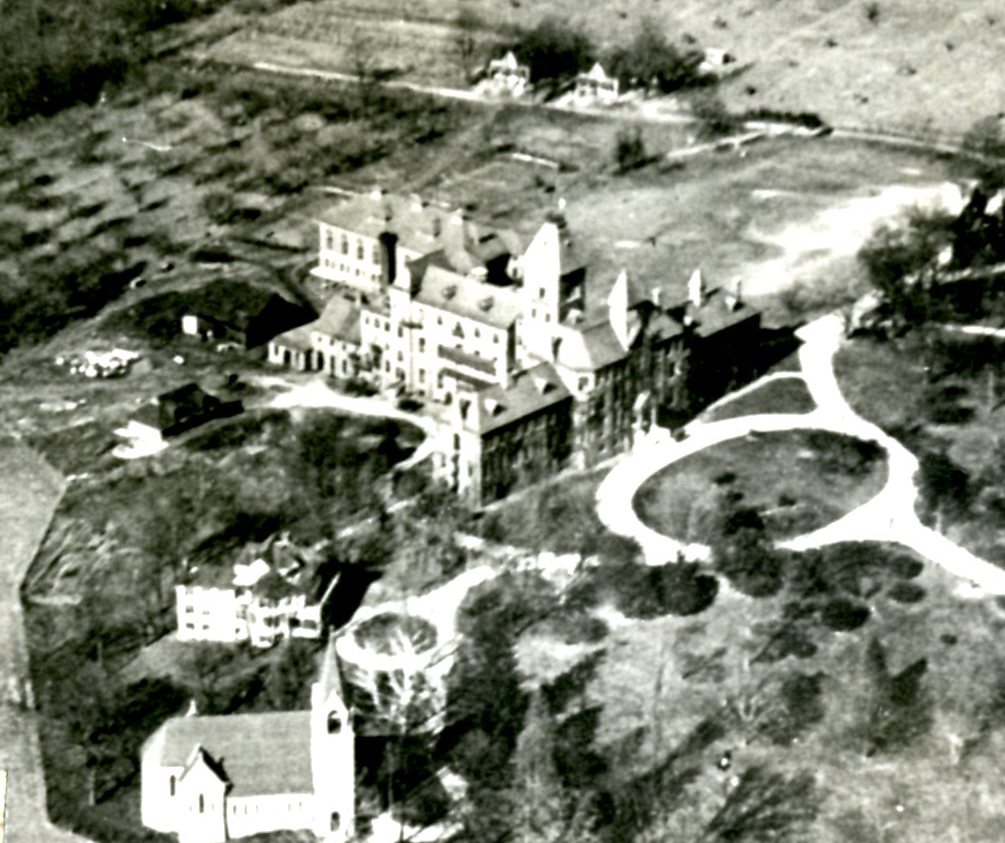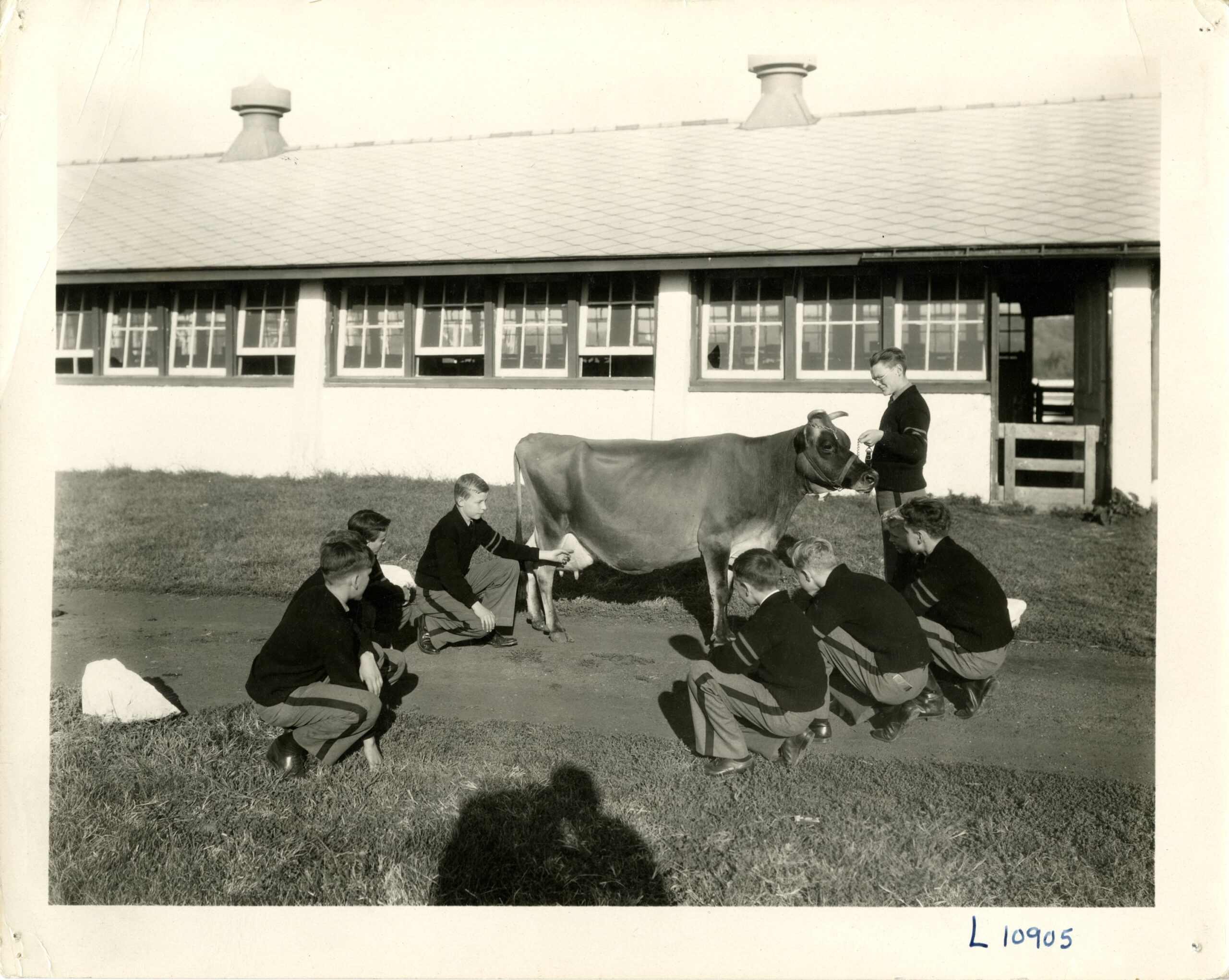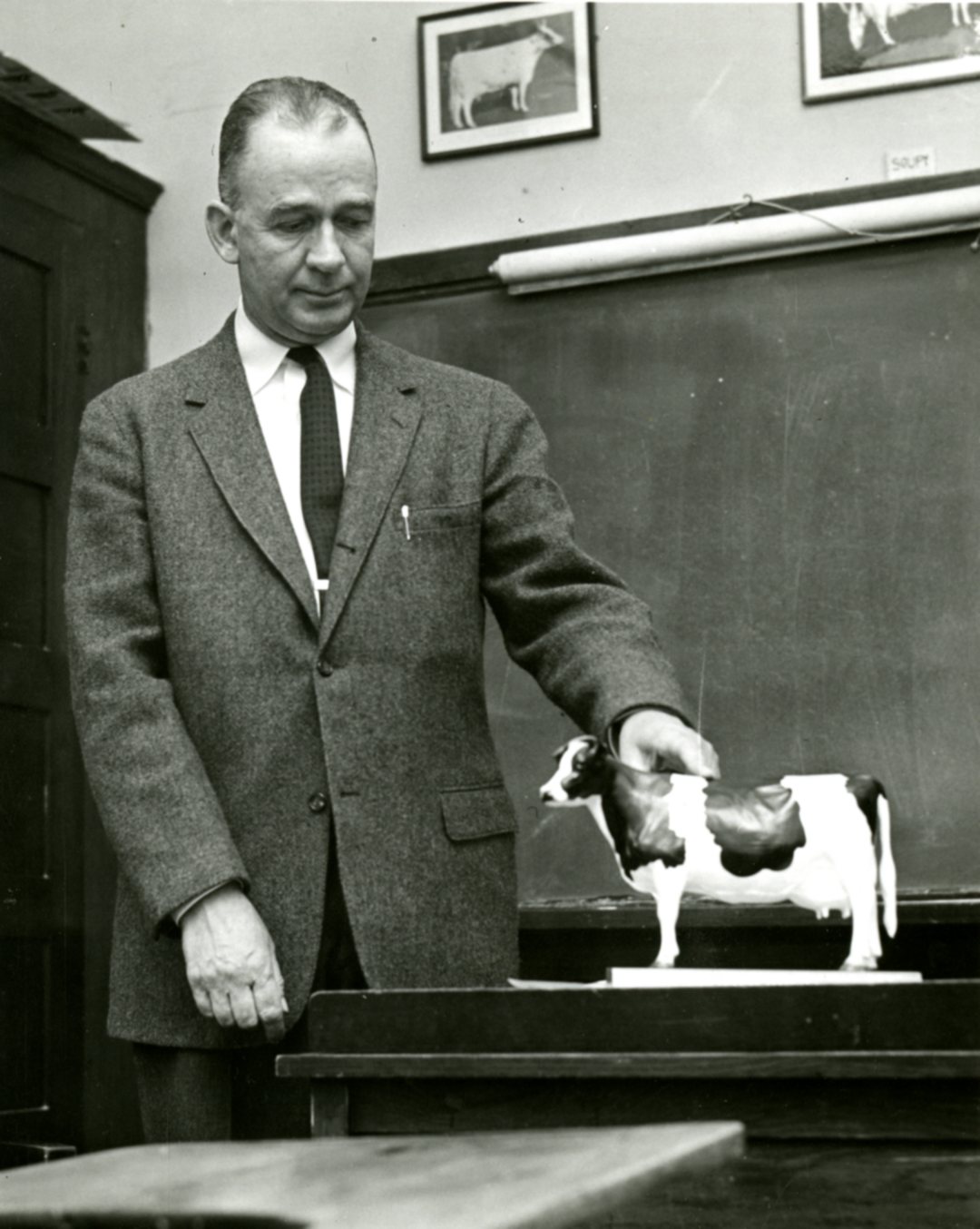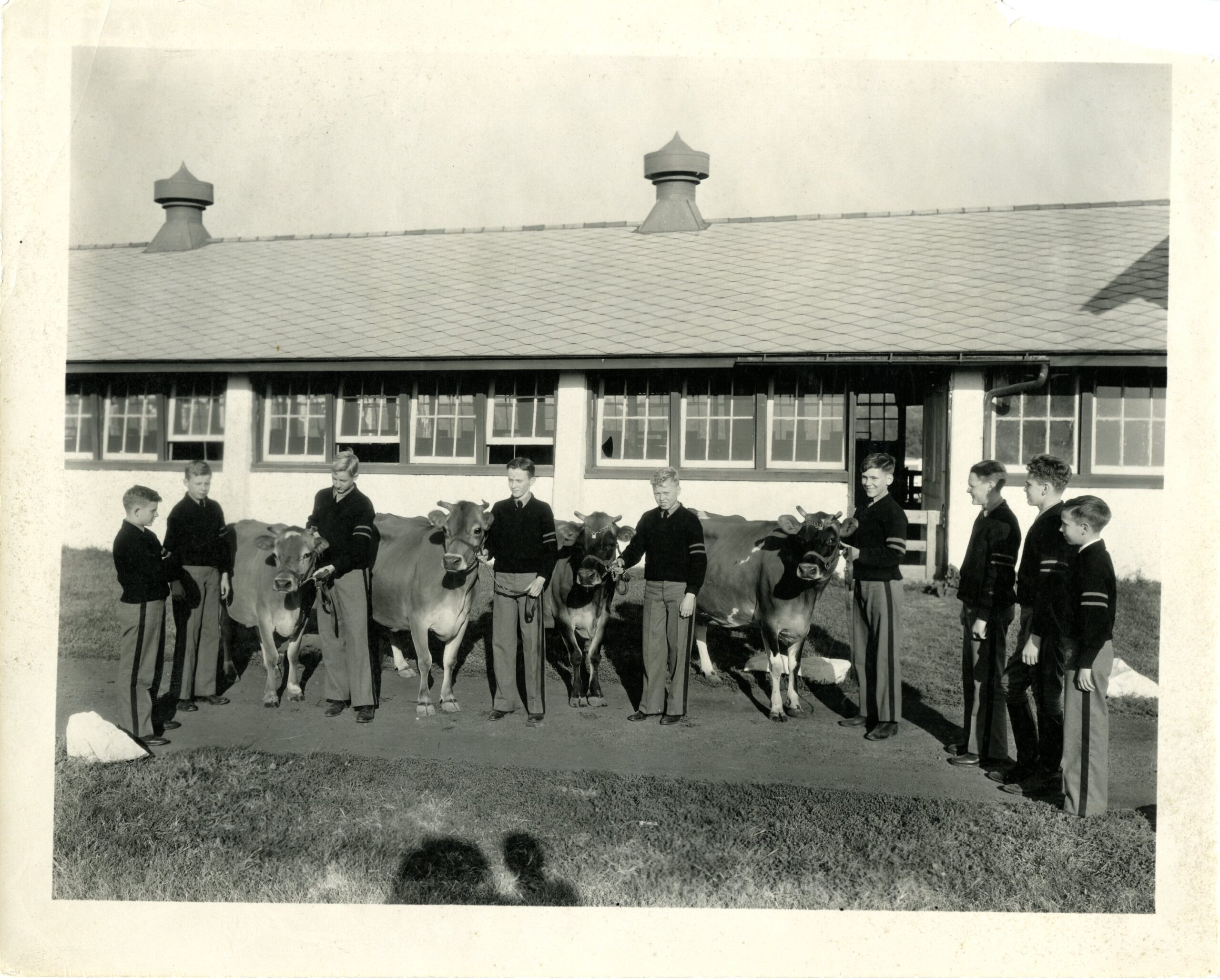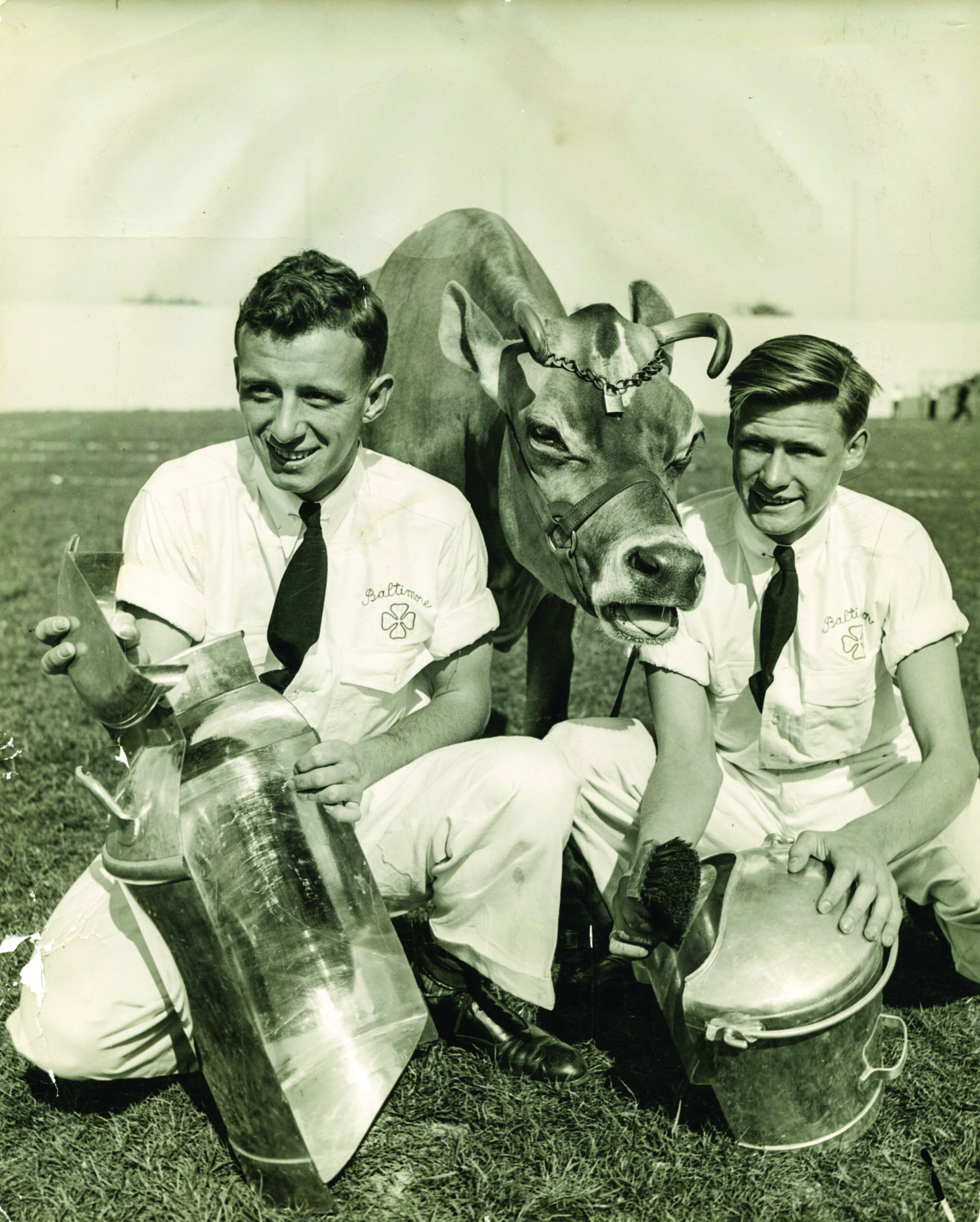For its entire 35-year run, McDonogh’s outstanding animal husbandry program was under the direction of Richard Wills who joined the faculty in the fall of 1928. In proposing the program to Doc Lamborn, Wills said, “Among the possible dairy and animal husbandry courses to be offered as electives I have thought of a course to be given the first semester covering the characteristics of the four major dairy breeds, outstanding records, and laboratory work in judging dairy cattle. This will serve to give the boys an ‘introduction to the cow’ and the judging will create an active interest in the work because of the competition involved. This work might be followed the second term by a more technical course in feeding and the use of the Babcock tester (a device used to detect fat content in milk). For those students who are not primarily interested in dairy cattle, a course dealing with swine, cattle, sheep, and draft horses from a judging standpoint would serve to stimulate interest as well as to give some valuable information on the general subject of livestock.”
Wills further enhanced structured class time and laboratory work with supplemental activities such as field trips to neighboring stock farms and “lectures…delivered by men thoroughly informed with regard to agriculture and stock development.” These courses were instantly popular with boys not inclined toward traditional athletics and could be taken in lieu of such activities.
In the mid-1950s, however, interest in the animal husbandry program began to wane, and in 1963, faced with declining enrollment, McDonogh’s Board of Directors made the difficult decision to discontinue it and sell off the dairy cattle and farm operation.
